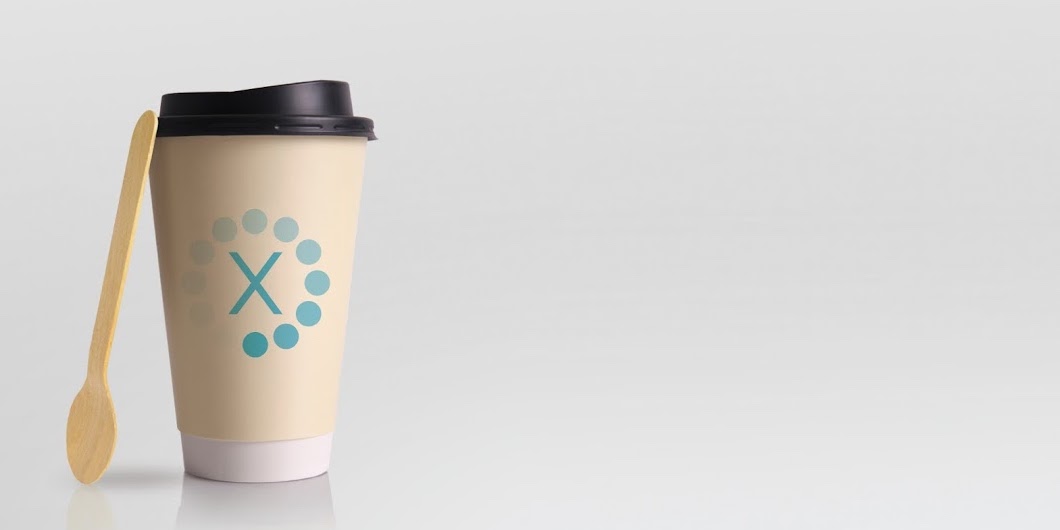
Recreating that “coffee break magic”
CASE STUDY – This digital organization has embarked on a cultural transformation that is allowing them to become more agile while keeping people and stimulating interactions at the heart of their work.
Words: Federico Dipuma, Chief Technology Officer, Ianiri Informatica
A couple of years ago, our software company Ianiri Informatica faced all the challenges of a fast-growing development team and started to think about becoming more agile. We saw great value in practices like Kanban and Scrum and were determined to make them part of our way of working. Our determination, however, clashed with the reality of an organization that, before anything else, needed to transform its culture. We realized that we needed to make the ground fertile for agile and thought the way to do that would be to embrace Lean Thinking.
So, supported by Istituto Lean Management, we set off on our lean journey. Incidentally, this coincided with the acquisition of our company by the Docplanner Group (we develop Gipo, the group’s most used Patient Management System in Italy): all of a sudden, we found ourselves catapulted into a new, international reality, but luckily the group’s culture and ours were quite aligned from the get-go – which means we there was no hindrance to our transformation (in fact, they are quite interested in knowing how it’s going).
The journey began by mapping our process to clearly define the problems we were experiencing (using the Lean Transformation Framework), and what we found was a siloed organization with messy processes and a lot of work to do to improve quality and interactions between departments. What began as a developers-driven initiative to become more agile turned out to be the beginning of a lean transformation that spread throughout the organization and aimed to improve our quality, processes, and life at work.
PROCESS IMPROVEMENT AND SKILLS DEVELOPMENT
Following our analysis, we provided lean training to our developers and began to run experiments on the field to enhance their learning. Our approach to problem solving up until then had been very hierarchical (“I’ll tell my boss about the problem, he will tell his boss, and eventually someone will take care of it”), whereas with lean, people began to take responsibility for problems and the identification of their root causes. The introduction of A3 Thinking was critical to turning our team members into autonomous problem solvers, as was the development of our coaching skills to support them in the improvement of the process.
When we mapped the flow, we found there were some bottlenecks in the development area, namely some people developers had to “go through” whenever they wanted to make a change or solve a problem. In response to this issue (which became ever more pressing whenever one of these people went on holiday), we opened an A3. We looked at all our ongoing projects and asked developers to give themselves a score on the projects’ many elements. We then cross-referenced the self-awarded scores against three key metrics: how critical the project is (if it experiences a problem tomorrow and the system goes down, how many users will be affected?), how complex it is (is it a project that someone new can start working on in a couple of days or does it require months of training and practice?), and how important it is for us from a strategic/financial standpoint.
The result was a skills matrix that tells us with great precision what we need to focus our capability development efforts on. Based on our findings, we re-balanced the people assigned to each project to ensure everyone who was lacking certain skills would be accompanied by a more experienced team member.
The matrix was a critical step in our lean journey, and we now used it all the time. It allowed us to make a tailored development plan for our people, with the aim of eventually creating a multi-functional, multi-skilled team. This is very important for our organization, because we strive to give our people continuous opportunities for self-development and learning.
After the introduction of the matrix, problems with bottlenecks disappeared and some of our most important projects were completed remarkably quickly. It was clear we were becoming more effective in solving problems. By the end of 2021, it also became clear that the adoption of these practices hadn’t slowed us down (some in the team were worried they might). Even though devs were now spending some of their time on skill development and improvement work, we actually saw a 12% improvement in productivity.
As A3s became part of our reality, new opportunities for improvement appeared. For example, the prioritization of projects through another purpose-built framework (leave it to engineers to create an algorithm for everything!) and the introduction of PDCA thinking in our way of working.
The best example of this is probably the Retrospective, which was the first agile practice we adopted. During each retrospective, we ask ourselves what went well and what went wrong in the latest Sprint and create an action plan based on what we find out. Big problems result in A3s, whereas smaller ones are resolved in a few days’ time through simple trouble-shooting corrections.
These discussions turned out to be vital, especially for an organization that is 100% remote (which we were long before the pandemic even began). When you are not working in the same room, all of the chit-chat and brainstorming that happens, say, during a coffee break – we are an Italian company, and I am sure you know how sacred coffee is to us – has to somehow be replicated in a different format. We never imposed daily “stand-up” meetings, but after a few chat-based attempts (we used to have a message going out to people asking them, each morning, what they had done yesterday, what they were going to do today, and what might prevent them from doing it), it was the developers themselves who asked for them to be introduced. If that’s not a sign of a changing culture, I don’t know what is!
CREATING THE “TEAM OF OUR DREAMS”
Parallel to the process improvement and people development work I just described was a great effort to transform our working environment. Historically, our team was used to having easy access and direct interaction with top management, something we feared the acquisition by Docplanner could put in jeopardy. We didn’t want our people to start feeling like nothing more than a cog in the mechanism.
We started to wonder whether we actually knew how well they were doing and whether they felt fulfilled at work. This is how one of my most important A3s was born. At first, it was titled “How to be a better boss” but then it became focused on learning how people at Ianiri are doing. While with the acquisition the context had changed, we realized there was no reason why people couldn’t meet with me to share feedback on their managers and hear my feedback on them. So, we made sure we created a time to discuss people’s lives at work and their thoughts on their career. We were determined to make sure that, if people were to leave us, it wouldn’t be because we have not treated them well or supported their professional aspirations.
We used the Business Model Canvas (applied the team, to individuals, and to the organization overall) to understand people’s values and compare them to those of the company. It turned out that brainstorming, for example, was something we never did but that people really wanted: when we started to do it on a regular basis, ideas from team members poured in. We also observed how important feedback is to us as an organization and made sure we ring-fenced opportunities for feedback in all directions (from people to me and from me to them, for example). This shed a light on the opportunities for professional growth that were available to our people and helped them to become more autonomous and interested in growing their skills (something that the use of above-mentioned skills matrix greatly facilitated).
This project turned out to be very strategic for us, because looking after people and motivating them to stay is critical in a hyper-competitive industry where employee turnover is through the roof.
Our aim is to be a great working environment, a place where people want to go to work not just because we have the latest tech but because of our team spirit. We want to be a company where people are free to express themselves freely (as they would during a coffee break), have meaningful interactions with one another, and learn continuously. Now that our developers master the culture, we are moving to other teams, with the goal of becoming a company in which every department thinks and acts lean. That’s when you really tap into the potential of this methodology.
In our mind, without lean, we simply wouldn’t have been able to lay the cultural foundations an agile organization needs. You can settle for a diluted version of agile, with people participating in meetings because they are told to, or you can make sure they interiorize the concepts and principles behind those practices because they understand the need they stemmed from. You don’t use scrum because you are a good digital firm, you use it to become a better digital firm… but first, you need the culture.

THE COACH COMMENTS
by Alessio Chemello, Istituto Lean Management

When this transformation began, the team’s focus was on improving the development work. As we analyzed the situation, however, we identified a number of problems that changed their perspective and shifted their focus from tools to be applied in one department to an enterprise-wide cultural transformation.
The needs we highlighted led the team to concepts like problem solving and value for customer, and it was in support of those needs that lean tools like the A3 were introduced. This is a people-centric transformation, and indeed their two most important A3s – in my mind – were the one on competencies and the one on “creating the team of our dreams”. Tools like Business Model Canvas, as simple as it is, helped us to create alignment between leadership, team and company and were instrumental in creating a strong tie between people and the cultural change we were after.
This approach has allowed Ianiri Informatica to keep people at the heart of their work at a time of transition (lean transformation, acquisition, etc), and I believe this is why they are succeeding in their turnaround and other departments in the company are beginning to show curiosity about lean principles and techniques.
THE AUTHOR

Read more


INTERVIEW – This metalworking company based in Poland has leveraged the cultural change brought by Lean Thinking to significantly improve its processes. Ahead of his presentation at the LGC, their lean manager tells us how they did it.


FEATURE - Imagine targeting a quarter of the world’s greenhouse gas emissions by setting our lean minds to it? The authors discuss building better, circular supply chains and designing sustainable products.


FEATURE – As we progress on our lean journey, results seem to become harder to achieve: it’s because we need to become more granular in our analysis and improvement of the work.


FEATURE – Back on the road after two years, the author reflects on how lean organizations have performed during the pandemic and addresses age-old misunderstandings about Just-in-Time.

